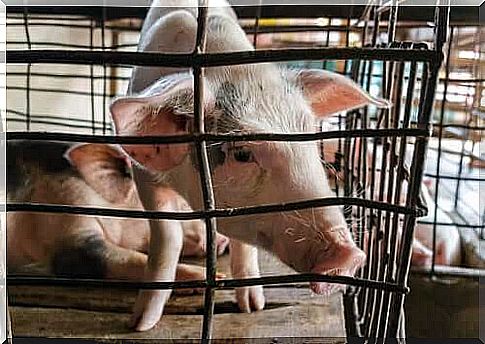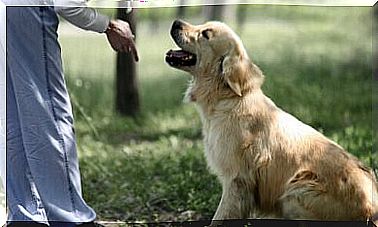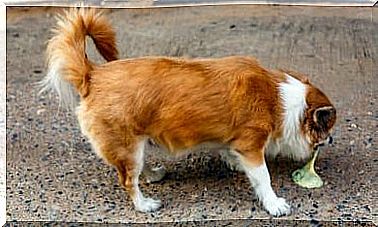Trials Against Animals In History

While it may sound crazy today, the truth is that judgments against animals have existed for several centuries of our history. In fact, during the Middle Ages, it was relatively common to accuse animals of crimes.
In practice, pets were brought to trial in a similar way to humans. Many were even found guilty of sentences handed down by judges before the local population.
This custom spread mainly between the ninth and seventeenth centuries, when religious thought exerted great influence in the legal sphere. According to the conception of the Church at the time, animals were creatures created by God, but their mission on Earth was to serve man. Therefore, they also needed to abide by the human laws and ethics of the time.
All of this may seem like an unreasonable assumption. However, thanks to the preservation of written accounts, such as a book by EP Evans dated 1906, we now know that at least 200 trials were carried out against animals. In some of them, parts of the record were preserved. And it is possible that the actual number of cases was even higher…

What crimes could an animal be charged with and what were the penalties?
As these accounts tell us, it was possible to accuse an animal of different types of crimes, to which different penalties or legal resolutions were applied. The cases tried ranged from forcing rats to leave a person’s house, through warning letters, or demanding that insects leave town, to murder charges against a group of pigs. And no, it’s not a joke…
In fact, pigs were the most judged animals during the Middle Ages. Not surprisingly, as they used to be raised loose in cities. They interacted daily with human beings and were often victims of stress, which negatively impacted their behavior.
When it came to serious crimes, such as the murder of a human being, the death penalty was usually applied. It was not uncommon to see executions in public spaces, with animals condemned to be hanged or burned. While today this is an obvious act of animal abuse, back then it was justice being applied to all living things…
For less serious crimes, the penalty was usually applied in prison and it was even possible for an animal to share a cell with a human being. However, not all animal trials in the Middle Ages ended with a ‘guilty’ verdict. A clear example is that of a donkey who was found not guilty in court and even had his qualities recognized in the process.

Trials against animals: the most striking (and absurd) cases
While all the animal trials have had a good bit of nonsense, the case of a group of pigs accused of murdering a man has definitely made history. In addition to the pigs being taken to court to ‘respond’ for the crime of murder, they were also accused of ‘having gone mad’.
In short, it was a sow and her piglets who, in 1407, were arrested and brought to justice on Christmas Eve, after allegedly having been “caught in the act of committing the crime of murder and murder of Juan Martín”.
It is no accident that this is one of the best-documented animal trials in history. These historical facts that are at the limit of fiction even inspired some movies. For example, they were the plot of the movie The Hour of Pig , also known as The Advocate .
Another interesting case
We can also cite several other notable cases, such as an eviction order that was issued against wild rats for having eaten the crop. Likewise, it is worth mentioning the case of the Maine Coon cat who was sentenced to prison for a month after having courted the cat of a very traditional lady without authorization.
Not even man’s best friend was spared the judgments against animals in the Middle Ages. One dog was sentenced to 20 lashes for acting as an accomplice to a thief, who trained him to steal food and bags. In this case, the judge issued a light sentence for considering the ‘good natured’ of the dogs.








